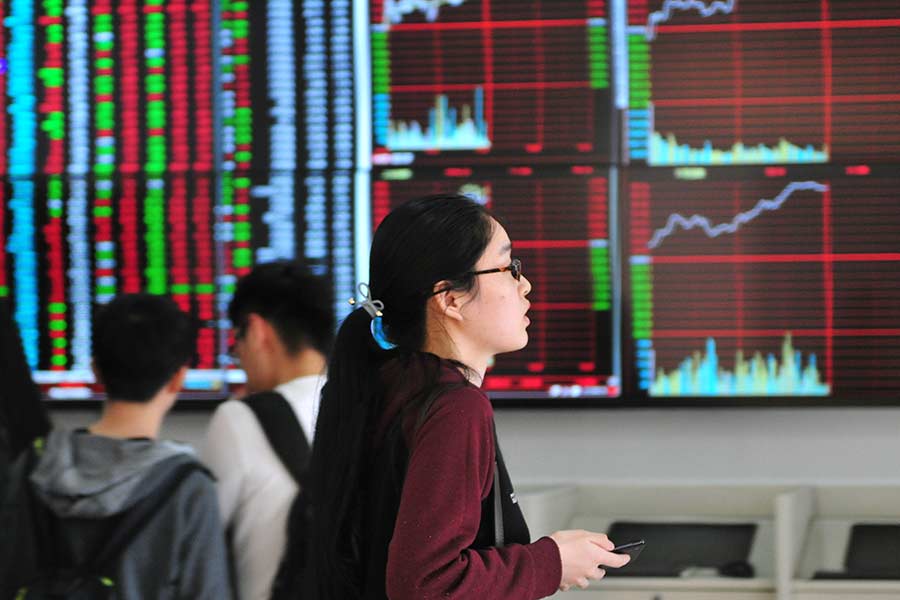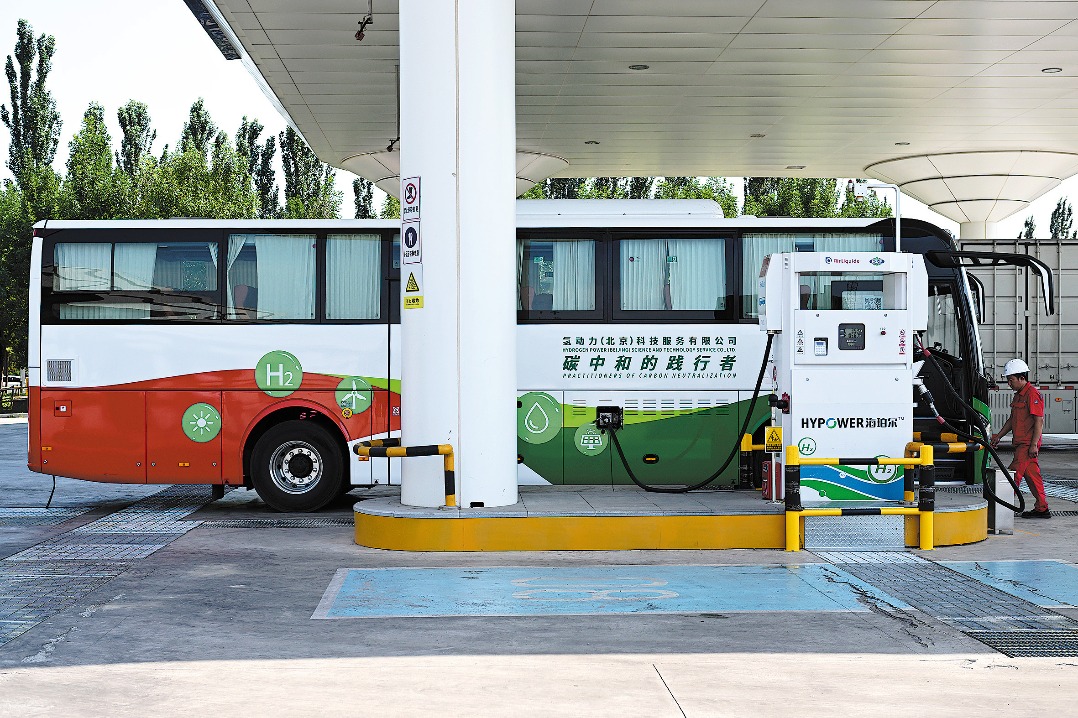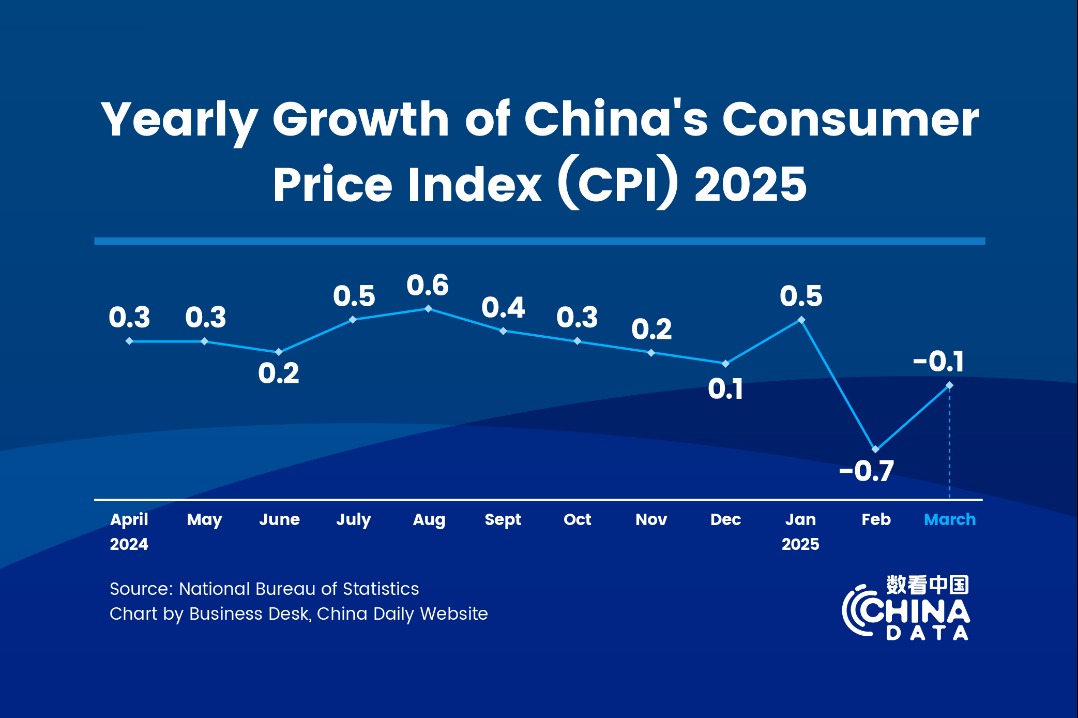How consumer sector is exploiting China's pent-up demand


China's economy is the world's second-largest behind only the US, and perhaps more importantly, its national stock market is also No 2 when measured by market capitalization, leaving plenty of reason for investors to look into the A-share market.
The general opening-up of China's economy over the past several years, including the recent removal of foreign ownership restrictions, enhanced stock-connect programs and continued inclusion into global benchmarks, offer many new opportunities for global investors while also driving greater and more dynamic participation in the A-share market.
The latest development in this respect should be global index provider MSCI raising the weighing of A-share constituents in its investment benchmarks on Nov 26, the third time since the beginning of this year.
Given the growing appeal of China's A-share market, there are a multitude of sectors which show great promise including consumption, transportation, healthcare and IT.
From a consumption standpoint, China's large population, with young demographics and rising income trends, are paving the way for a wealth of newly prosperous middle-class consumers for decades to come. These trends also serve as structural growth drivers for consumption-orientated companies that are positioned to profit from shifting consumer demand dynamics; these trends include e-commerce, product premiumization, upgrading consumer experience and domestic rural expansion.
The rise in China's consumption also creates opportunities in other sectors such as transportation, which is mainly driven by the increase in tourism within China. Companies listed in the A-share market which focus on infrastructure, such as airports, will be bolstered by the growing tide of consumer spending.
While this trend does boost corporates such as airlines and travel agencies, these industries are more prone to pressure from cyclical headwinds brought on by external forces, and as such, infrastructure-focused companies are still more attractive as they should be able to avoid any oncoming headwinds.
The upgrade in consumption will also help drive China's healthcare sector as there is ample room for China's market to mature further. Demand is increasing from both the young and older populations for a range of more sophisticated healthcare products and services, which are being actively developed by Chinese companies.
China's aging demographics have also translated into higher demand for pharmaceuticals and medical devices, which, when coupled with the strong R&D capabilities of some of China's pharma-tech players, offer a wealth of untapped potential and growth.
Considering the structural reform and market consolidation of the industry, there is also the potential for better earnings margins in the area for select companies in the long term.
China's tech sector also has much to offer, as the theme of technological upgrade in China becomes more and more evident. The A-share market and newly launched STAR board provide access to many of China's budding IT companies, which, due to China's market size and depth, can develop, innovate and sustain themselves into globally competitive players, especially in areas like cloud technology, enterprise solutions and online payment systems.
In short, we assert that consumption remains a reliable driver of growth for China as the world's second-largest economy. Favorable demographics, rapid income growth, improved accessibility and low penetration are releasing pent-up demand in China, especially in second-and third-tier cities. Consumer companies are tapping into this market to capture growth potential in consumption trade-up and experience seeking, thereby ensuring the continued expansion of the consumer sector.
Mike Shiao is the chief investment officer of Invesco Asia (excluding Japan).





































